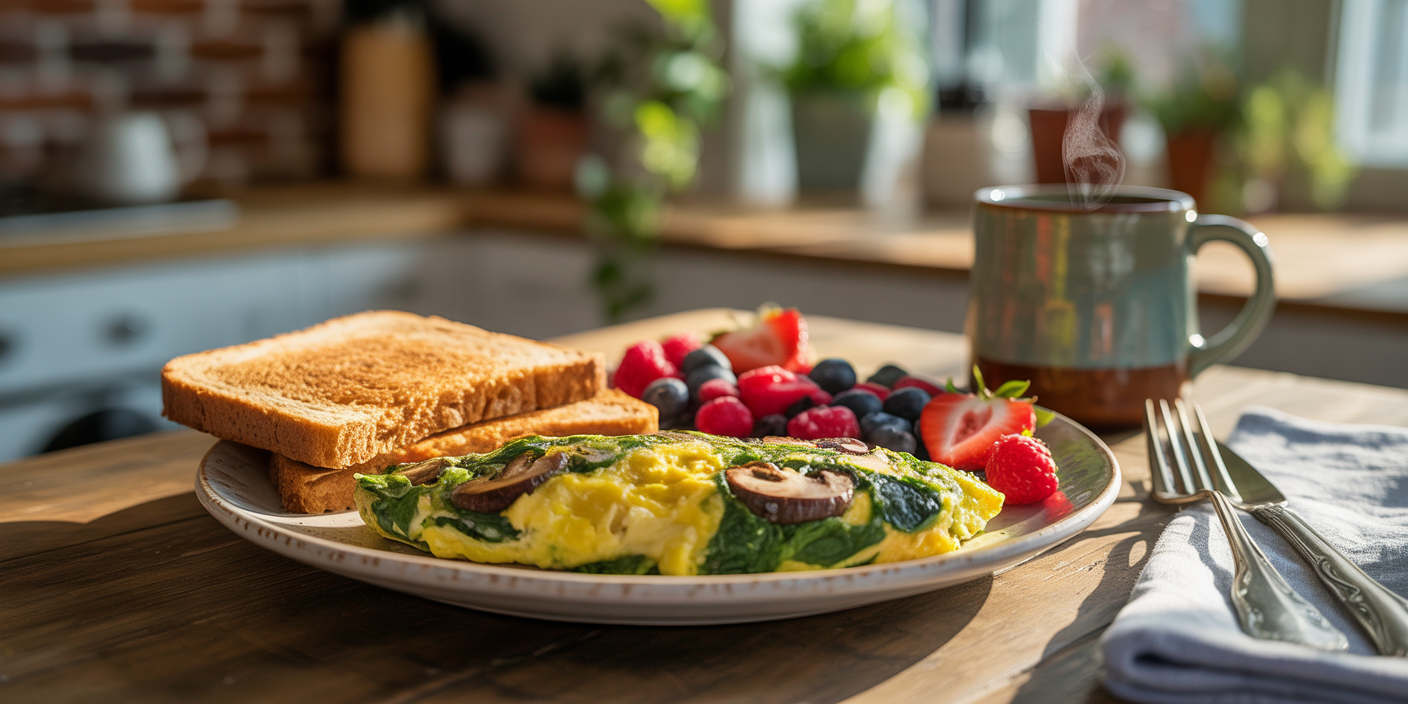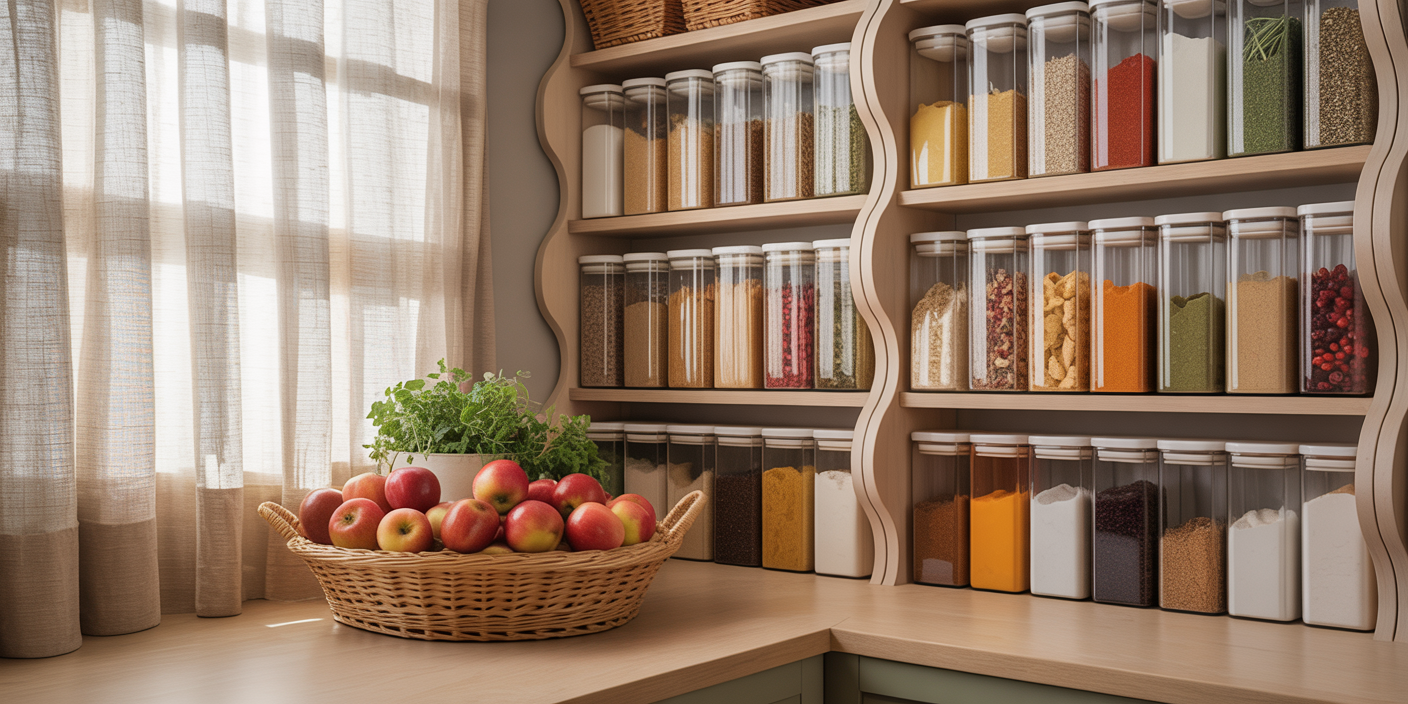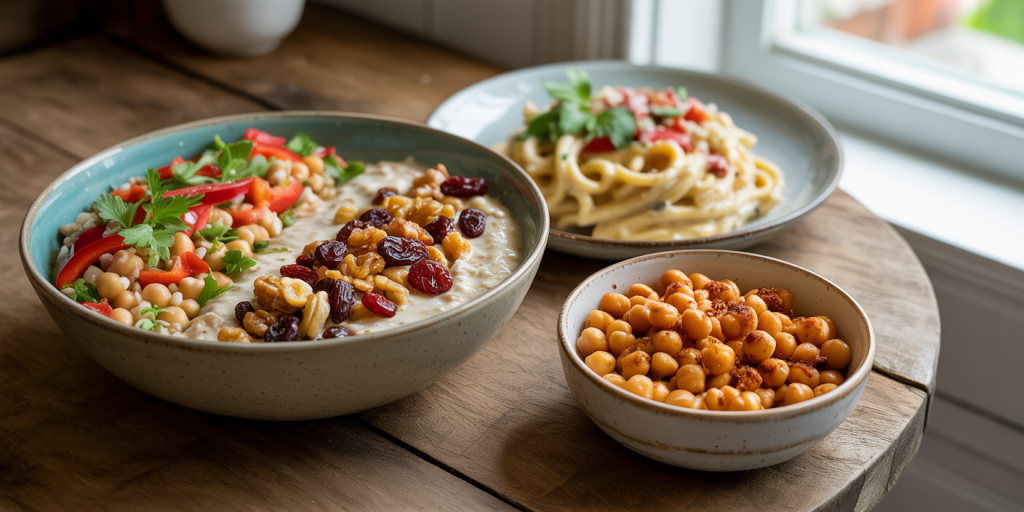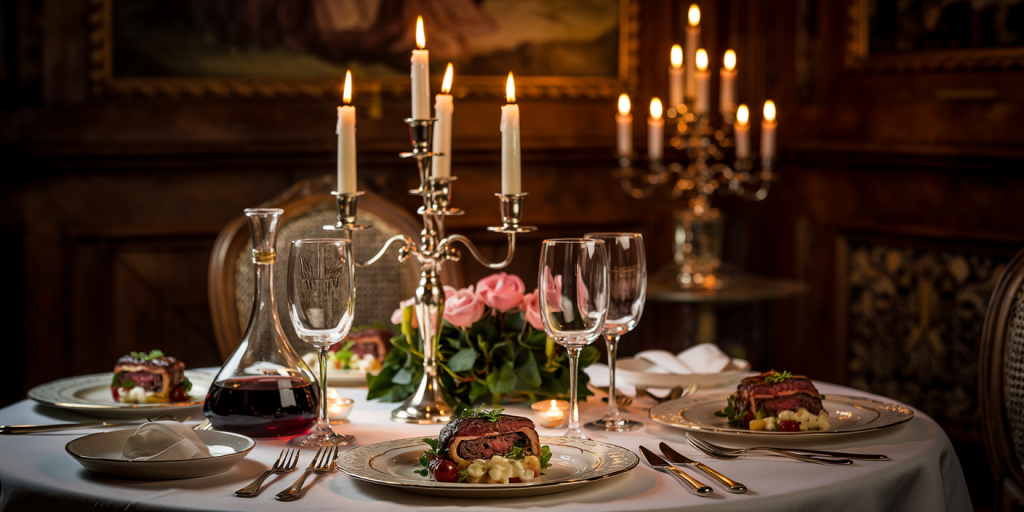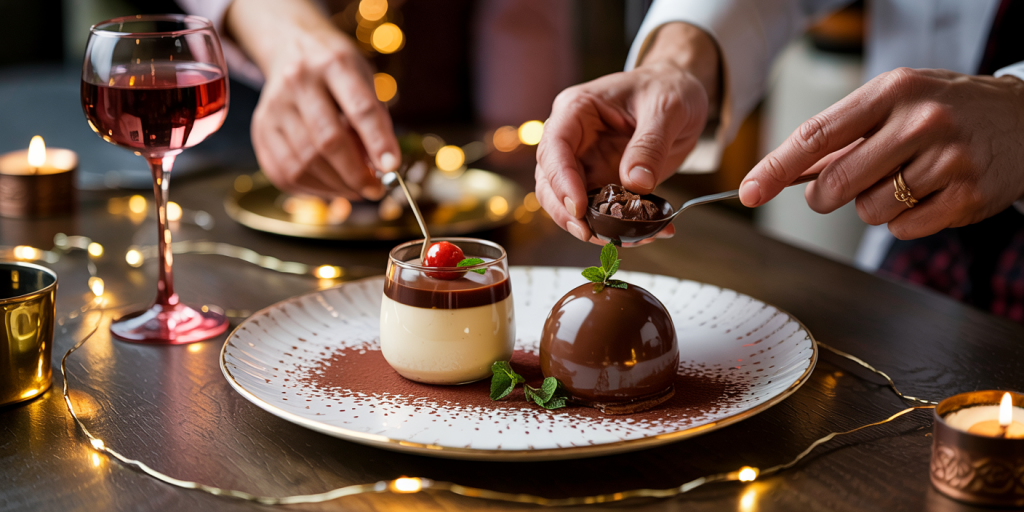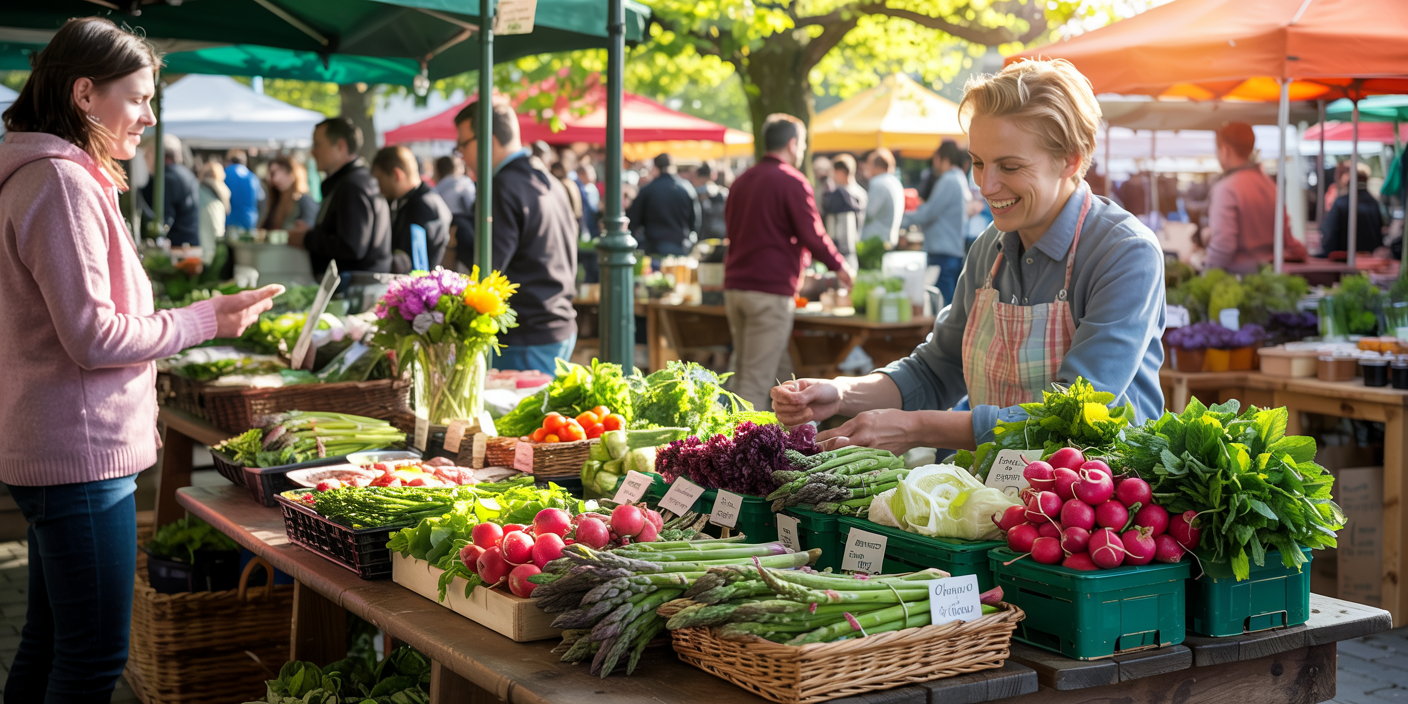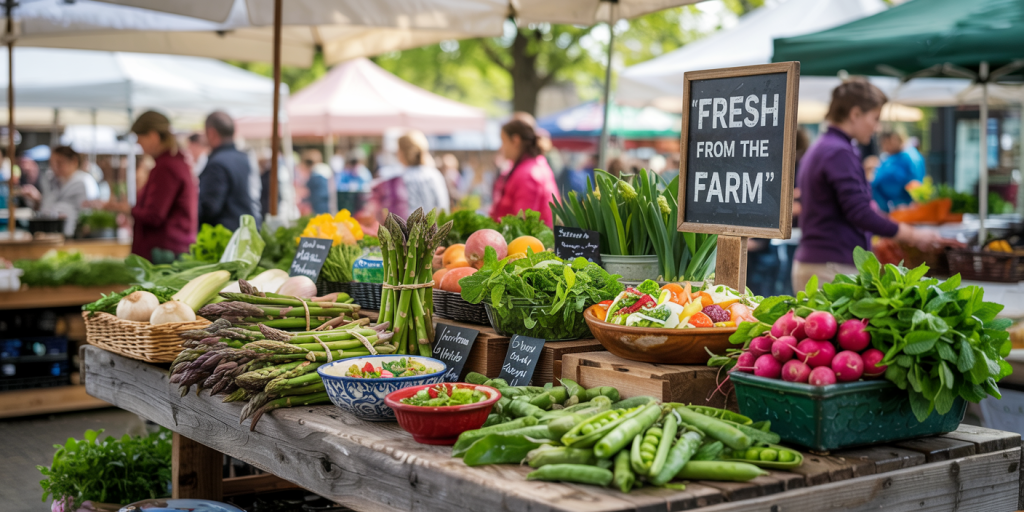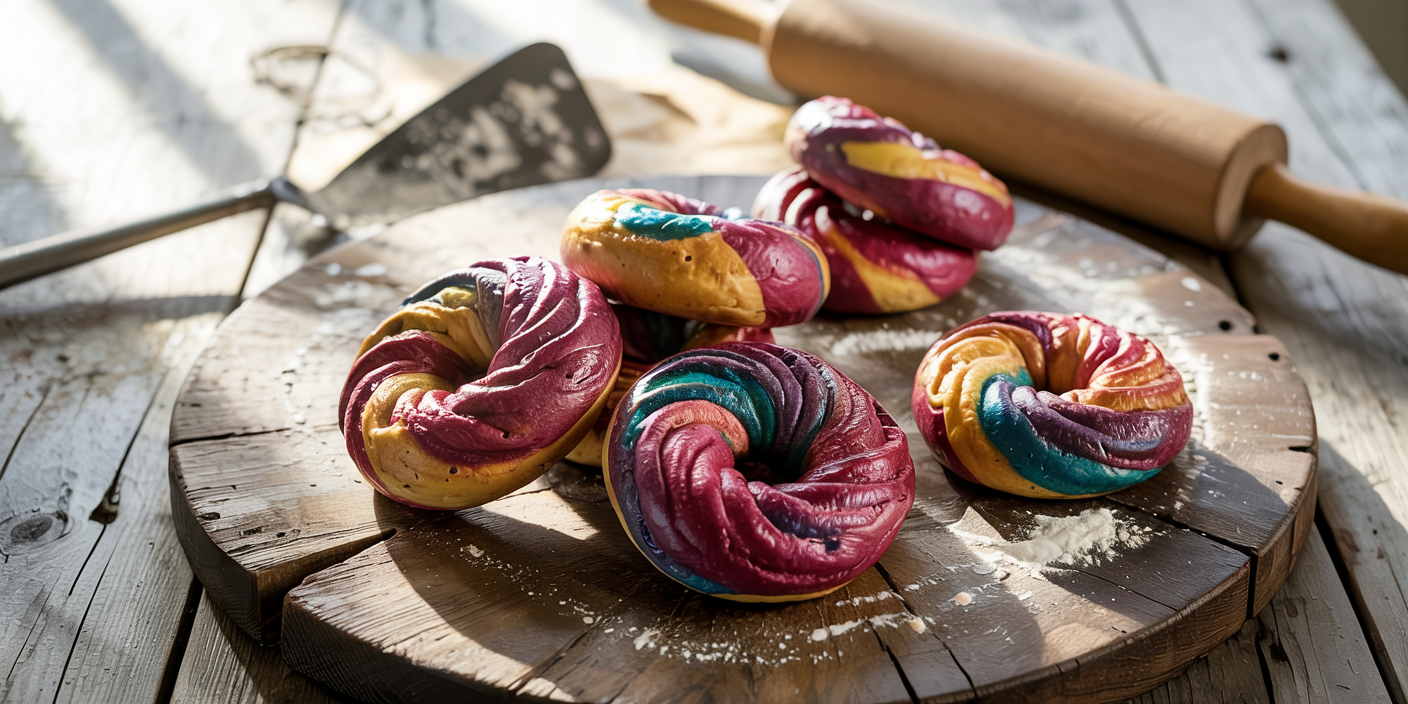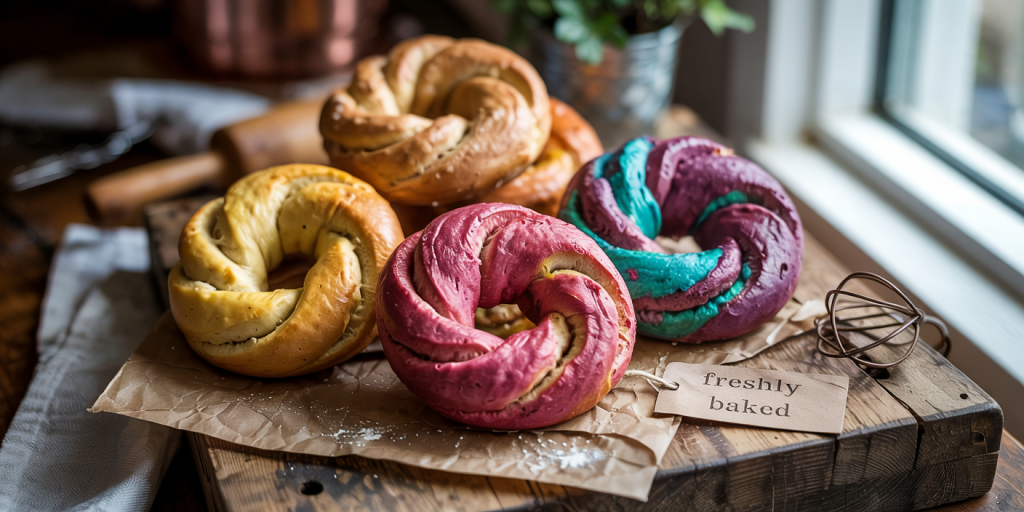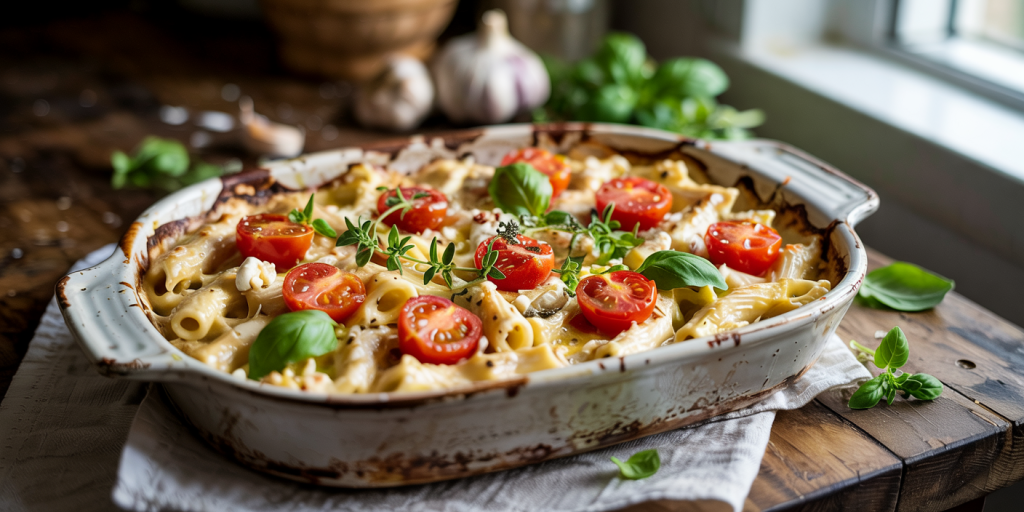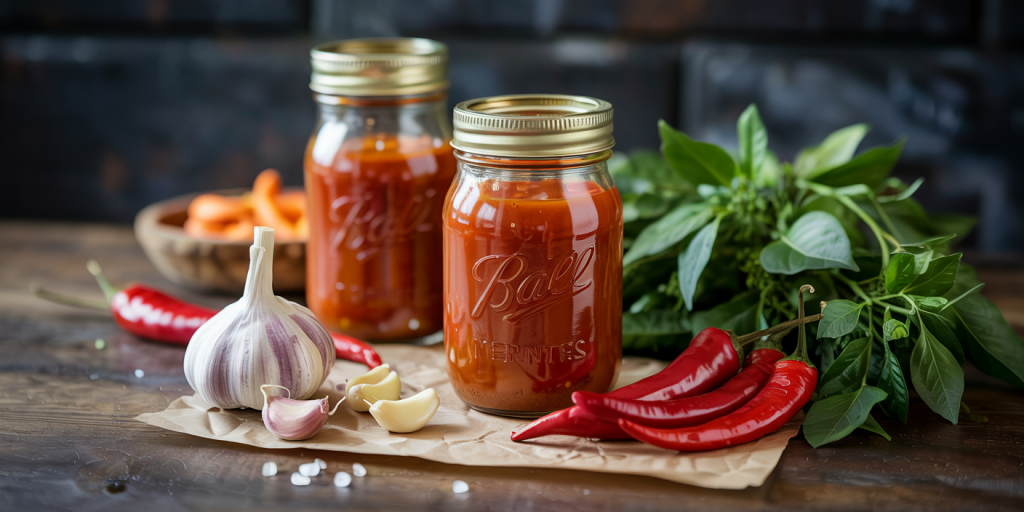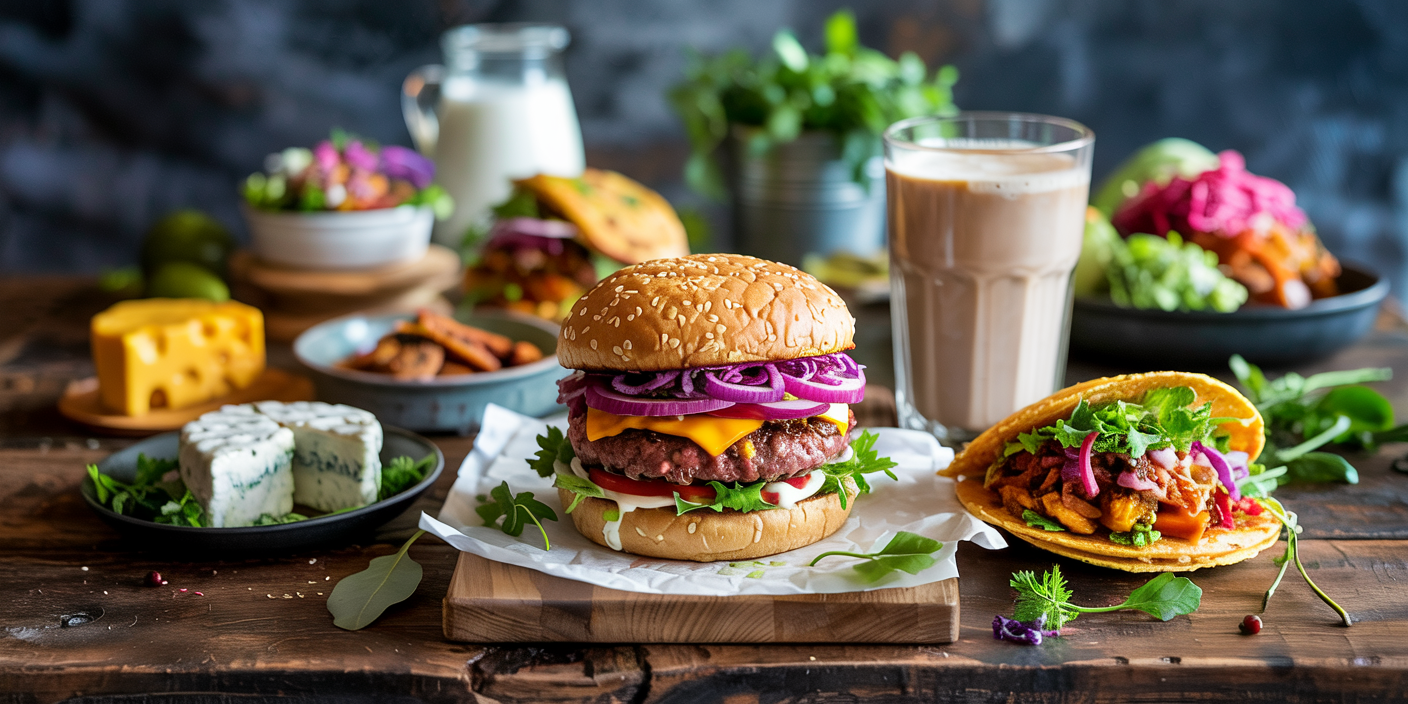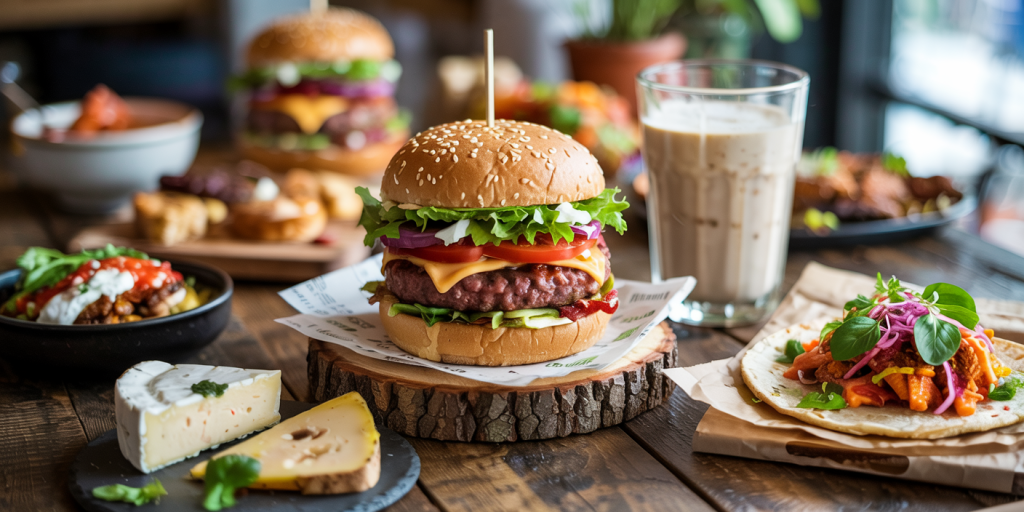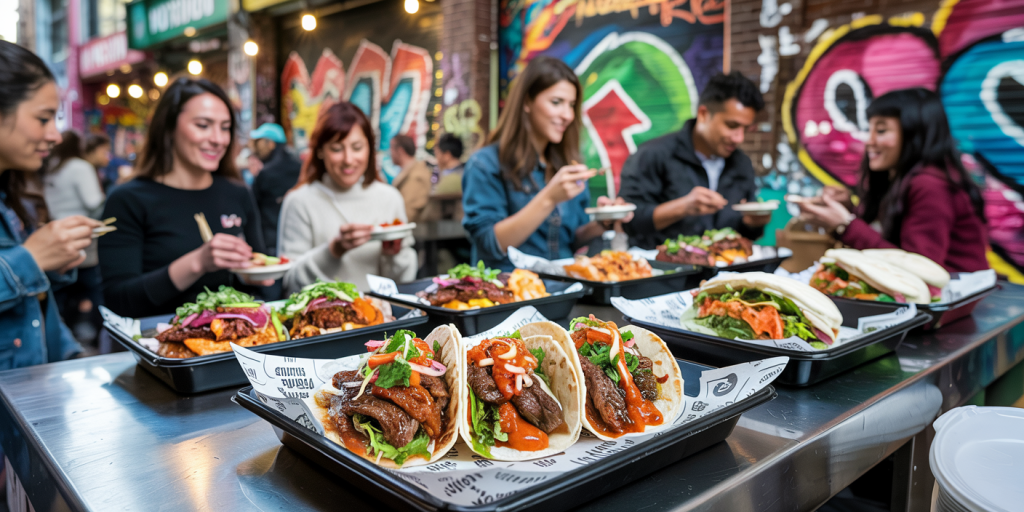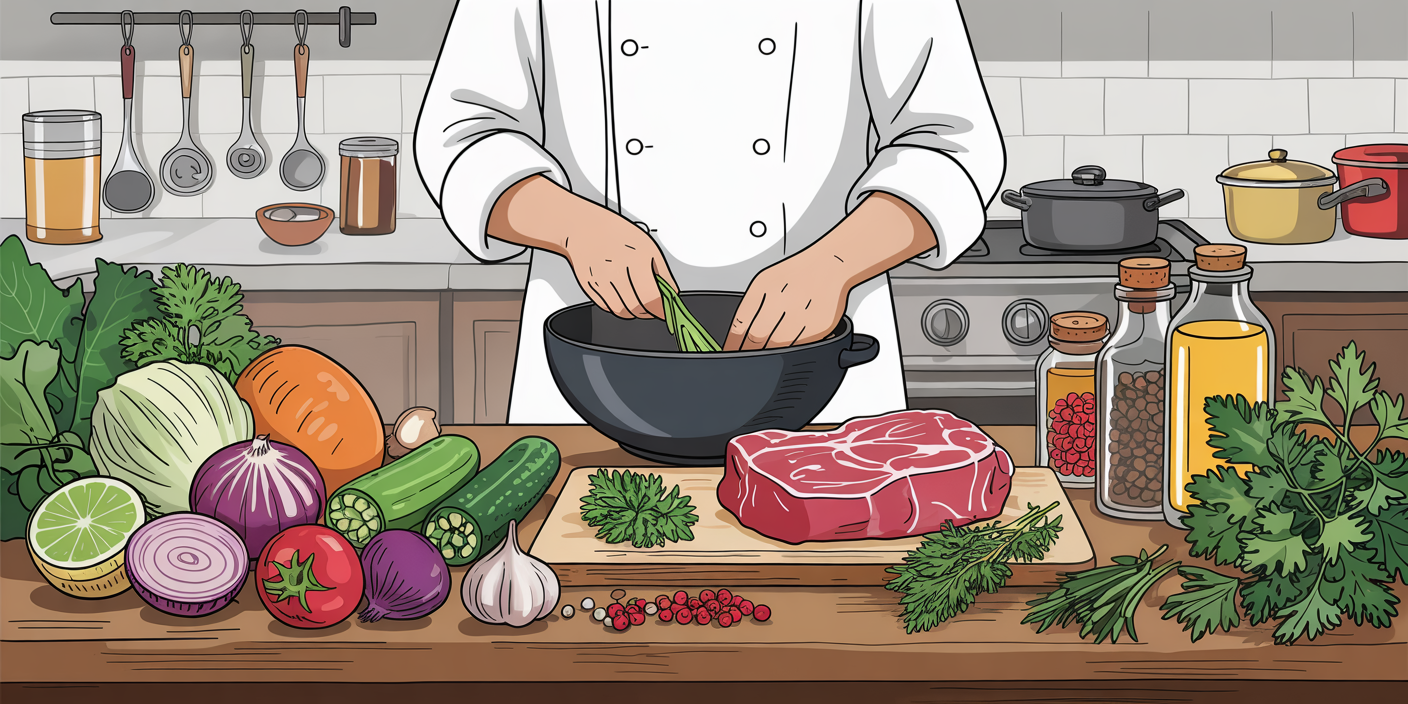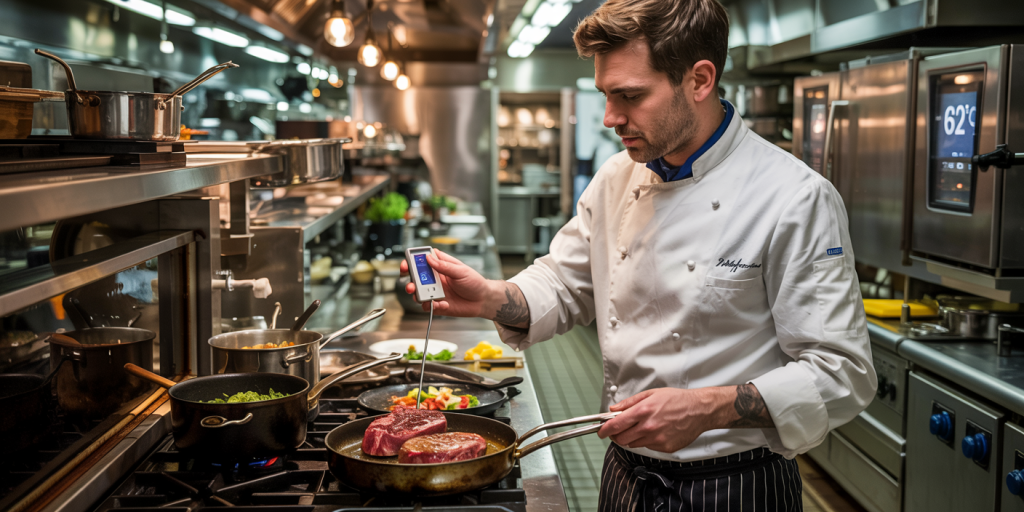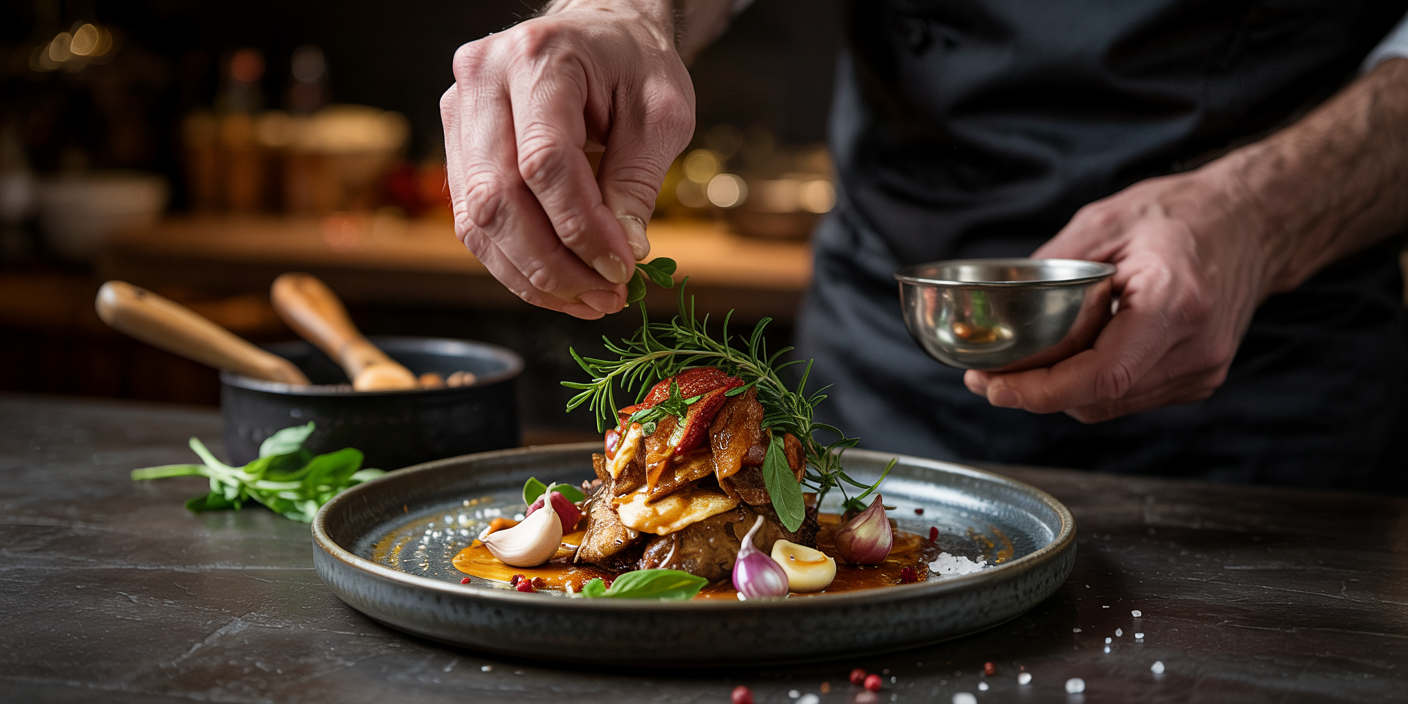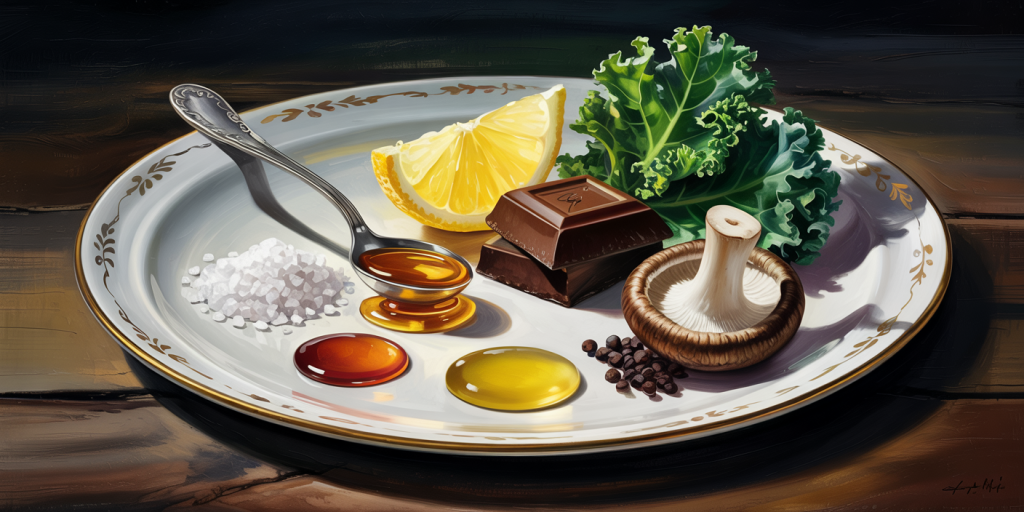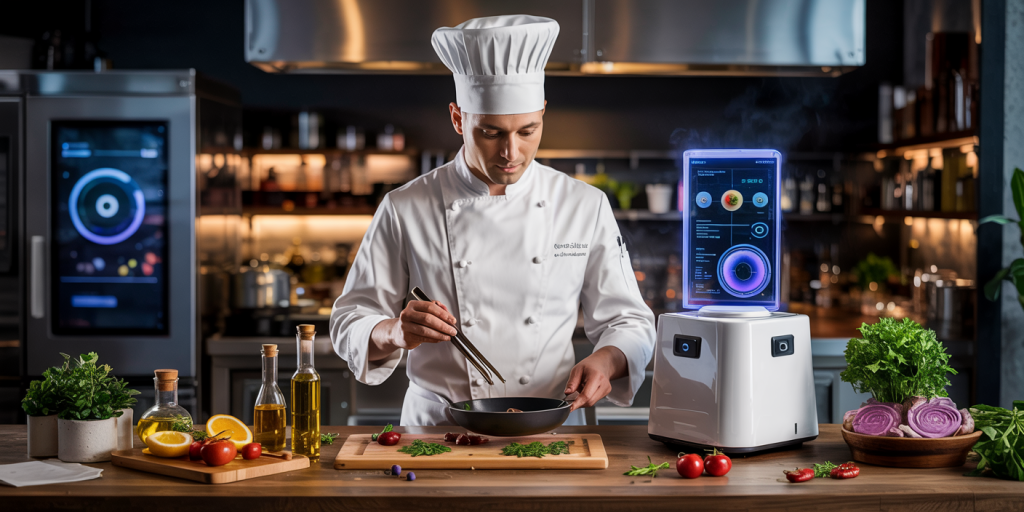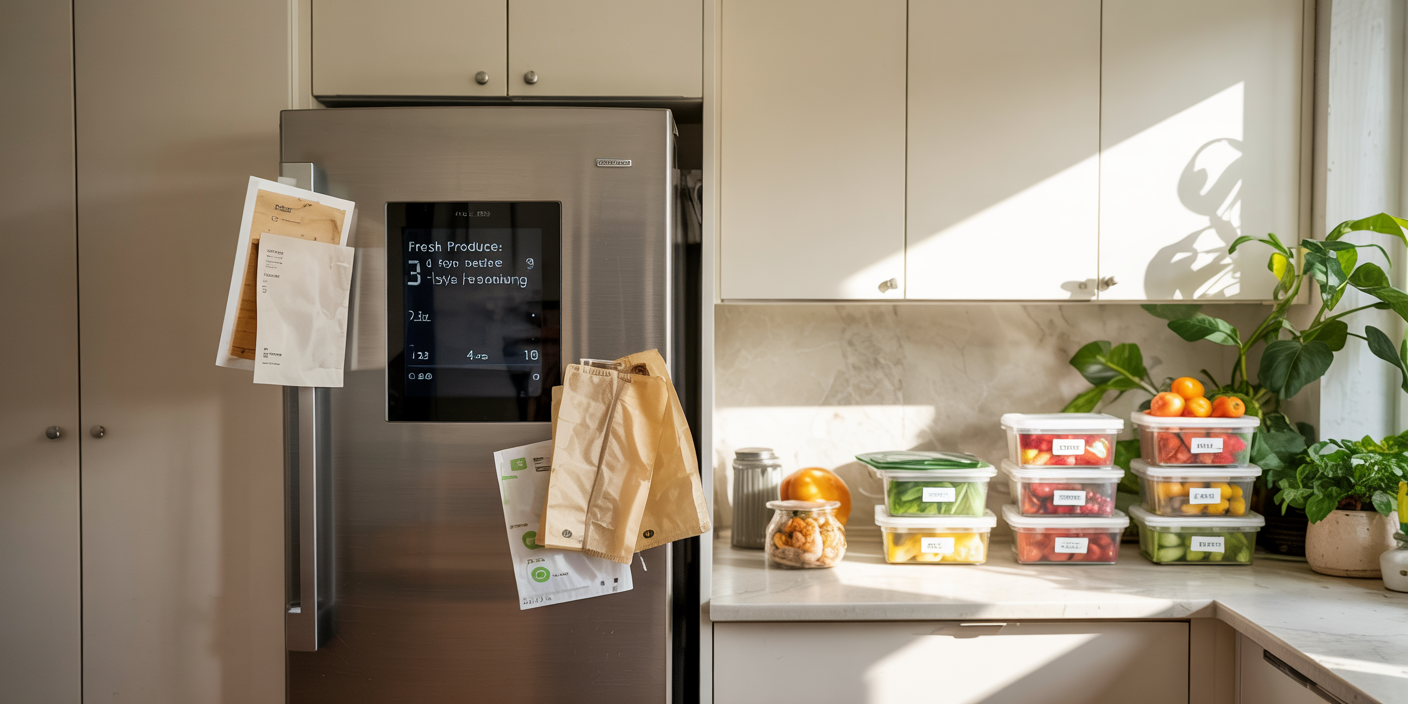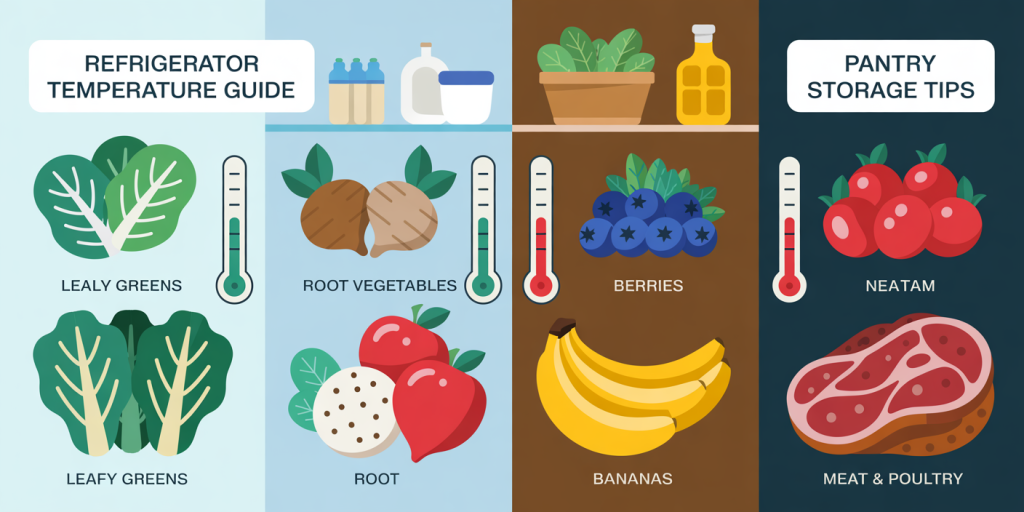Cooking at home has become a popular lifestyle choice for many individuals aiming to maintain control over their nutrition while indulging their creative sides. As a passionate home chef, what I eat in a day not only fuels my body but also reflects my culinary skills and nutritional knowledge. This article explores a detailed account of my typical daily meals, emphasizing balance, flavor, and practicality, alongside insights into the nutritional rationale behind each choice.
Embracing Home Cooking: The Context of Daily Meals
In today’s fast-paced world, many people resort to eating out or relying on packaged foods with questionable nutritional value. However, home cooking is associated with numerous benefits, including better dietary quality, calorie control, and cost-effectiveness. According to a 2019 report by the U.S. Department of Agriculture, households that cook at home consume fewer calories, sugar, and fat compared to those who primarily eat out.
For a home chef, every meal is an opportunity to combine fresh ingredients and cooking techniques to maximize taste and nutrition. A typical day begins with a balanced breakfast that provides sustained energy, followed by nutrient-rich lunch and dinner options that support overall well-being. Snacking is purposeful, enhancing energy levels without compromising caloric goals.
Morning Fuel: Balanced Breakfast for Sustained Energy
Breakfast is often called the most important meal of the day and rightly so. A well-constructed breakfast kickstarts metabolism and stabilizes blood sugar levels, setting a positive tone for the hours ahead. My breakfast usually features a combination of complex carbohydrates, high-quality protein, and healthy fats.
For example, a standard morning meal might consist of a spinach and mushroom omelette cooked with avocado oil, paired with a slice of whole-grain toast and fresh berries. Eggs provide approximately 6 grams of protein each, aiding in muscle maintenance and satiety, while the whole grain toast offers about 3-4 grams of dietary fiber to improve digestion. Berries contribute essential antioxidants and vitamins, particularly vitamin C, important for immune function.
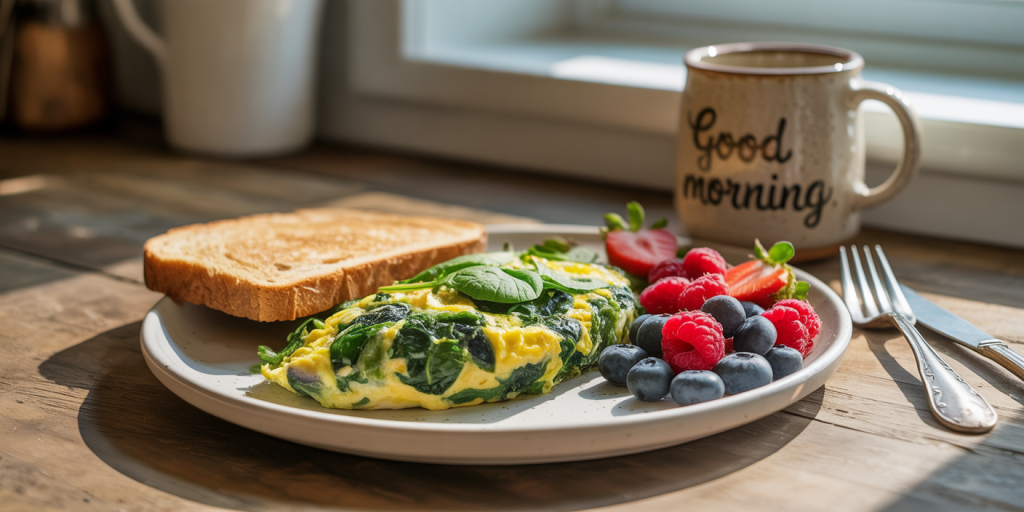
In comparison to typical cereal or sugary breakfast options that contain upwards of 25 grams of sugar per serving (American Heart Association), this breakfast model contains less sugar and more nutrient density. The inclusion of healthy fats from avocado oil plays a vital role in cardiovascular health and brain function.
| Component | Approximate Nutritional Value | Purpose |
|---|---|---|
| Spinach & Mushroom Omelette | 180 calories, 15g protein, 10g fat | Protein and micronutrients |
| Whole-Grain Toast | 70-80 calories, 3-4g fiber | Complex carbohydrates |
| Fresh Berries | 50 calories, antioxidants | Vitamins and antioxidants |
Midday Meals: Power-Packed Lunch for Productivity
Lunch frequently represents a challenge for many individuals juggling work and life responsibilities. As a home chef, I leverage meal prepping strategies to ensure lunches remain both wholesome and time-efficient. A typical lunch example includes grilled chicken breast with quinoa salad and steamed broccoli.
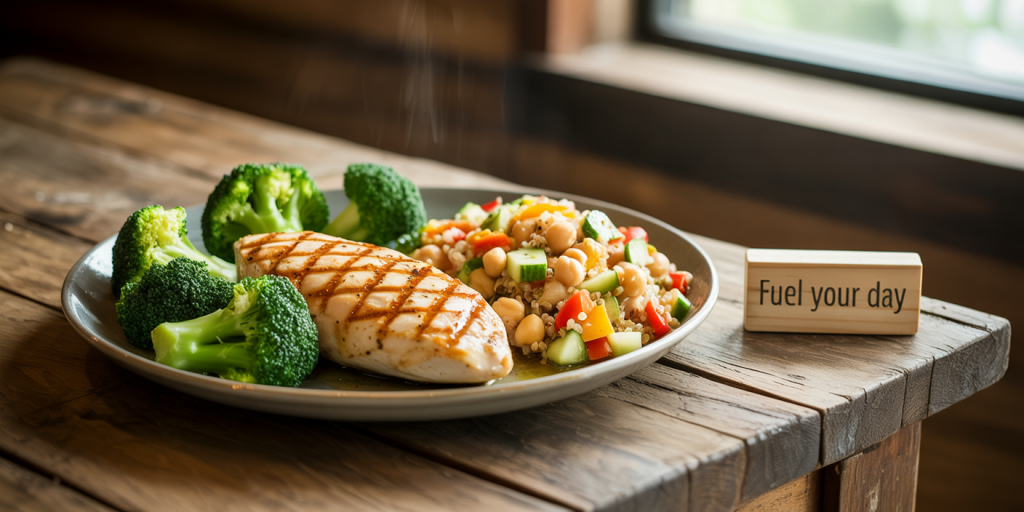
Quinoa, hailed as a complete protein source, contains all nine essential amino acids, providing around 8 grams of protein per cooked cup. It’s also rich in magnesium and iron, which support muscle function and oxygen transport in the body. Coupled with lean grilled chicken (approximately 25 grams of protein per 100 grams), this meal provides a considerable protein boost, essential for sustained energy and recovery, particularly for physically active individuals.
Meanwhile, broccoli supplies fiber, vitamins K and C, and sulforaphane, a compound studied for its anti-inflammatory properties. A 2017 study published in *Nutrients* confirmed broccoli’s role in supporting immunological health and reducing oxidative stress in the body.
By planning meals rich in lean protein, complex carbs, and vegetables, productivity and cognitive focus are more easily maintained during afternoon work periods.
| Ingredient | Calories | Protein (g) | Fiber (g) | Notable Nutrients |
|---|---|---|---|---|
| Grilled Chicken Breast (150g) | 250 | 38 | 0 | B Vitamins, Selenium |
| Quinoa (1 cup cooked) | 220 | 8 | 5 | Magnesium, Iron |
| Steamed Broccoli (1 cup) | 55 | 4 | 4 | Vitamins K & C, Sulforaphane |
Energizing Snacks: Smart Choices to Bridge Meals
Snack times can be a nutritional pitfall or an opportunity to supplement daily micronutrient needs. I prefer snacks that satisfy hunger without excess empty calories. A frequent choice is Greek yogurt with a sprinkle of chia seeds and chopped walnuts.
Greek yogurt is a protein powerhouse, providing between 15 to 20 grams of protein per 6-ounce serving, which helps prevent muscle degradation and supports metabolism. It also contains probiotics important for gut health, which recent research ties to improved immune functionality and mood regulation. Chia seeds contribute omega-3 fatty acids and 10 grams of fiber per ounce, aiding in satiety and inflammation reduction.
Moreover, walnuts offer healthy polyunsaturated fats and antioxidants, supporting heart health. According to the American Heart Association, consuming nuts regularly is associated with a lower risk of coronary heart disease.
Choosing nutrient-dense snacks over processed options lowers the risk of blood sugar spikes and crashes that can decrease energy and focus.
Evening Delights: Nutrient-Dense Dinner with Culinary Creativity
Dinner is where creativity in the kitchen provides relaxation and nourishment after a busy day. My dinners are typically rich in vegetables, moderate in protein, and balanced with fiber-rich carbohydrates to support digestion overnight.
One favorite meal is pan-seared salmon with roasted sweet potatoes and sautéed kale. Salmon is an excellent source of omega-3 fatty acids (EPA and DHA), essential for cardiovascular and brain health. A 3-ounce serving of salmon contains roughly 22 grams of protein and 1,500 milligrams of omega-3s, surpassing the daily recommended intake for cardiovascular disease prevention set by the American Heart Association.
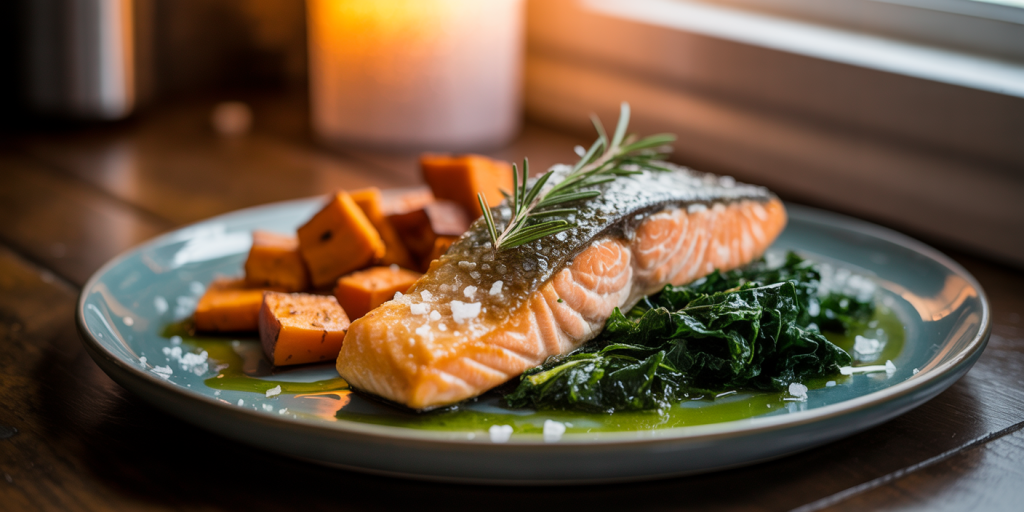
Sweet potatoes provide approximately 24 grams of carbohydrates per medium potato, with a low glycemic index, offering a slow-release energy source. They also are rich in beta-carotene and potassium, vital for vision and electrolyte balance respectively. Kale is another nutrient-dense green, loaded with vitamin K for bone health, and iron.
Roasting and sautéing techniques retain flavor while minimizing nutrient loss. Using olive oil as the cooking fat adds monounsaturated fats and antioxidants. Such a meal balances macronutrients and provides micronutrients critical to metabolic and immune functions.
| Food Item | Calories | Protein (g) | Fat (g) | Carbohydrates (g) | Key Benefits |
|---|---|---|---|---|---|
| Pan-Seared Salmon (3 oz) | 175 | 22 | 10 | 0 | Omega-3 fatty acids, high-quality protein |
| Roasted Sweet Potato (1 medium) | 112 | 2 | 0 | 24 | Beta-carotene, fiber |
| Sautéed Kale (1 cup) | 36 | 3 | 2 | 7 | Vitamins K & C, iron |
Future Perspectives: Evolving Nutrition and Culinary Trends in Home Cooking
Home cooking continues to evolve as new nutritional discoveries and culinary technologies emerge. There is a growing emphasis on sustainability, plant-based diets, and functional foods that promote health beyond basic nutrition. As a home chef, integrating these trends is essential for future-proofing a healthy lifestyle.
Plant-based proteins, such as lentils, chickpeas, and tofu, offer environmentally friendly and healthful alternatives to animal proteins. The Food and Agriculture Organization (FAO) reports that reducing meat consumption can significantly lower greenhouse gas emissions. Home chefs are increasingly experimenting with these ingredients to diversify their meals while contributing to planetary health.
In addition, precision nutrition is gaining traction, wherein an individual’s genetic profile, gut microbiome, and lifestyle inform personalized dietary recommendations. While currently more accessible to elite athletes and researchers, advances in technology may soon allow everyday home chefs to tailor their menus specifically to optimize health outcomes.
Moreover, smart kitchen appliances such as sous vide cookers, air fryers, and app-connected devices enhance cooking efficiency and food quality, empowering home cooks to achieve restaurant-quality results with convenience.
The integration of nutritional science, sustainability, and tech innovation represents a promising frontier for home chefs aiming to nourish themselves and their families optimally.
—
By documenting what I eat in a day from a home chef’s perspective, this article highlights that mindful cooking can seamlessly merge taste, health, and practicality. The combination of balanced macronutrients, nutrient-rich ingredients, and culinary techniques delivers daily meals that support physical performance, cognitive function, and long-term wellness. Developing meal routines and embracing future trends will continue to enrich the home cooking experience, ultimately leading to a healthier, more satisfying lifestyle.
